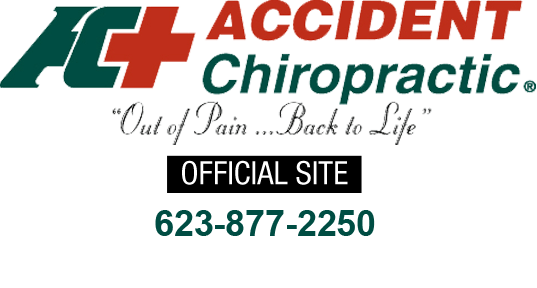You've had a busy day. For the past few hours, you've helped your new neighbor unload heavy boxes and furniture from a moving truck. You groan as you and your neighbor set down a sofa, and you wipe the sweat from your eyes.
"Hold up. Just one more box."
The last one looks like a doozy. As you pick it up, you wonder if it's full of bricks. You wobble with it toward the living room, and set it down with a relieved sigh.
As you stand up again, your back starts to tighten. The muscles cramp so viciously that you can scarcely breathe. Should you go to the hospital?
A Closer Look at Back Spasms
Back spasms consist of involuntary tension and contractions in the lower back muscles. The condition can range from mild discomfort to pain so severe that you may struggle to move.
Although the pain may seem to occur almost out of the blue, so to speak, the movement that triggers the attack usually comes after a series of small strains to the spinal structure. These strains can lead to inflammation, which in turn sensitizes the nerves.
The over firing nerves signal for the muscles to contract and spasm.
What Causes Back Spasms?
Back spasms can occur for a variety of reasons, most of which are not serious. They can take place after you exert a lot of effort or energy, such as lifting heavy boxes or working out. And they can happen when you participate in a strenuous sports activity, such as football or rock climbing.
The most common causes for back spasms include:
- Calcium deficiency in pregnant women
- Dehydration
- Exercising in the heat
- Insufficient stretching before exercise
- Magnesium and/or potassium deficiency
- Muscle fatigue and overexertion
- Use of certain blood pressure medications and diuretics
However, muscle spasms can also indicate an underlying spinal cord injury or a pinched nerve in the back. Persistent disc irritation (herniated disc, bulging disc, etc.) and torn ligaments can cause the muscles to contract to protect the underlying structure.
Ways to Manage the Pain
Muscle spasms can feel extremely painful, but most of the time, they don't last for long. A few at-home remedies can help ease the pain and relax the muscles.
During the First 48 to 72 Hours
The moment you feel a back spasm, you should stop your activity, even if movement and pain were minimal. Gently massage the affected muscle to encourage relaxation.
Within the first 20 minutes of the pain, apply ice to the area. You can reapply the ice every 2 hours, but do not apply it directly to your skin. Instead, wrap the ice in a soft towel. This helps reduce swelling and inflammation.
After 72 Hours
Once swelling has faded, apply moist heat via a heating pad or by soaking in a hot water bath. The heat dilates the blood vessels and increases oxygen supply to the muscles. Elevating your legs may also take pressure off your spine.
When to Seek Professional Help
Although mild back pain will often go away on its own with rest and care, you should consult with a healthcare provider or chiropractor if you experience more frequent or severe symptoms.
Back spasms related to spinal stenosis or herniated discs can lead to serious injury in various nerves. If you experience any of the following, don't wait to go to the emergency room:
- Difficulty controlling bowel or bladder function Fever, weight loss, or other signs of illness.
- Increased pain lying down and difficulty sleeping
- Loss of consciousness
- Muscle weakness that makes you feel unstable
- Pain and numbness traveling down your arms or legs Paralysis
Your doctor may then X-ray your spine and look for signs of arthritis or bone fraction. Or, he or she may recommend an MRI (magnetic resonance image) to examine the muscles and surrounding soft tissue.
To help your doctor with the diagnosis, be ready to explain your symptoms in detail and include useful information such as:
- Pain severity
- Pain frequency
- Pain relief techniques you've tried Pain occurrence
With this in mind, your doctor may recommend medications to relax the muscles as well as techniques to prevent future spasms.
Steps to Prevent Back Spasms
Once the spasms has passed and you've given yourself time to heal, the following methods can help protect your back and keep it healthy.
Stretching
Include stretching exercises in your daily routine. Consider taking a Pilates or yoga class to promote flexibility.
Strength Training
Strength training builds muscle and reduces muscular imbalances that cause back spasms. To see which exercises can help you the most, read our previous blog 8 Exercises to Strengthen Your Back and Core Muscles.
Posture Correction
Your posture contributes how your muscles pull against your spine. Remember to sit up straight whenever you work at a desk, and roll your shoulders back to keep your head up high.
You may also want to seek help from a chiropractor to encourage proper posture and promote better back health. With professional care, you can keep your back pain under control.

